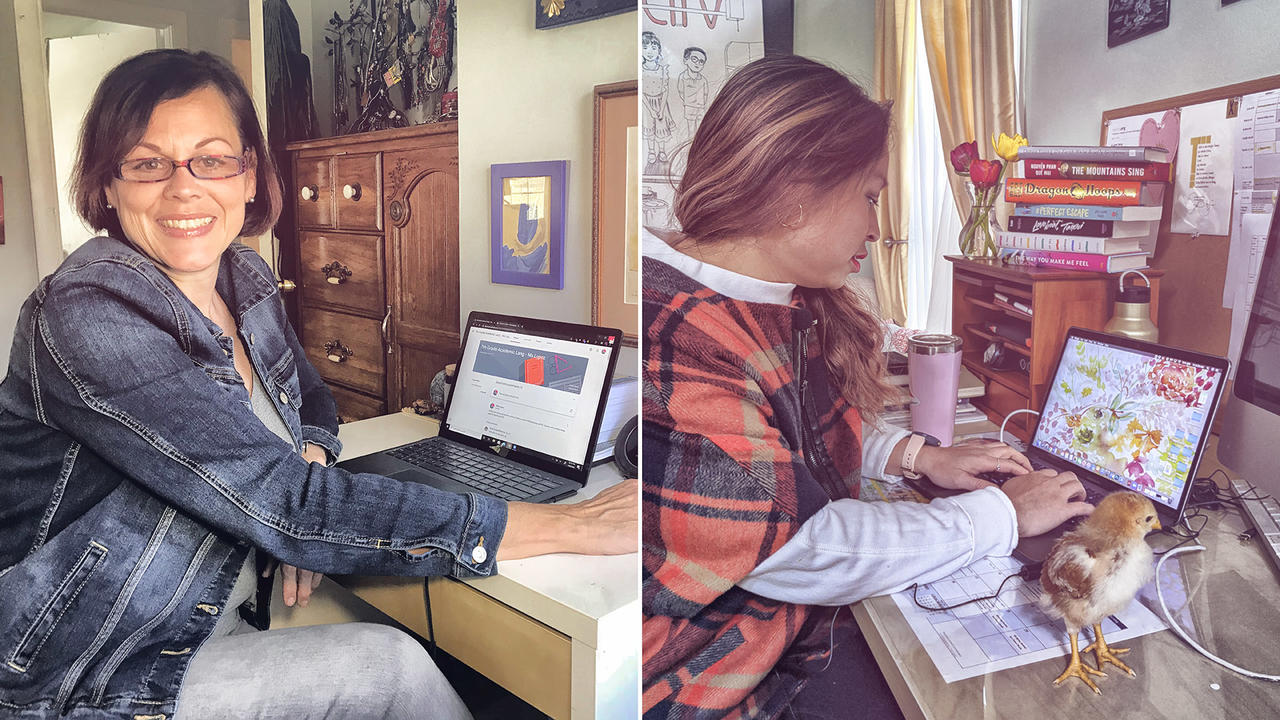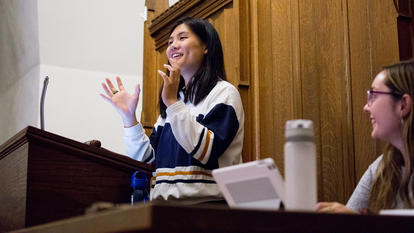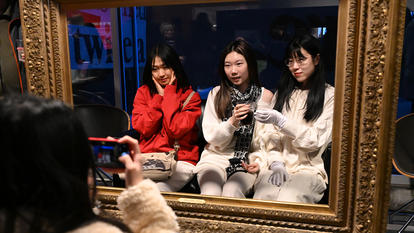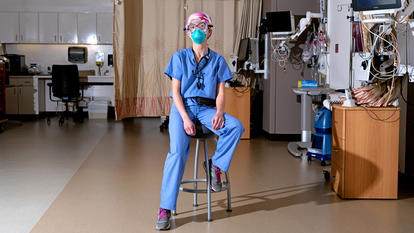
Meet the Wellesley Alumnae Reshaping K-12 Education During the COVID-19 Pandemic
At first, Alicia Nieto Lopez ’91 couldn’t figure out why she was so exhausted. Lopez, a middle school teacher for English language learners (ELLs) at the Amherst Regional Middle School in Amherst, Mass., no longer had to wake up at dawn, get herself and her children off to school, and stand at the front of a classroom for over seven hours—so why was she feeling this way?
Was it strain from all the video meetings, concern over how her two high schoolers would adapt to distance learning, fears about how she would continue to get groceries to feed her immediate and extended family?
Soon, it dawned on her: It was all of these things, but it was also the emotional toll of the near-constant worry she felt for the students she had not heard from since the school’s doors closed indefinitely on March 13. “My district spent the first two weeks of school being closed trying to establish contact with every student,” Lopez said. “I’ve been really worried about them. With ELLs especially, who are already some of our most vulnerable students, you’re worried about them really getting behind.”
As schools in Massachusetts and across the country have shuttered to stem the spread of COVID-19, Wellesley alumnae like Lopez have been working tirelessly to figure out how to maintain continuity of education amid this public health crisis. Over the last several weeks, school districts have scrambled to solve problems ranging from procuring dependable Wi-Fi access for students to providing breakfast and lunch for families in need.
“My district has been really great at making sure all students have access to Wi-Fi at home to support the transition to remote instruction, even providing mobile hotspots for some,” Lopez said. “But while all may have Wi-Fi and a computer, do they have a quiet spot at home to do work? Are they babysitting for younger siblings? These kids, many of whom have parents in the service industry still going to work, have had to take on really adult roles.”
Thu Nguyen ’02, a sixth grade English and social studies teacher at the private Sidwell Friends School in Washington, D.C., has similar concerns about access, and also worries about how to maintain a consistent connection to and among her 11- to 12-year-old students.
One helpful strategy is a daily Flipgrid where she asks everyone to post a one-minute video in response to a prompt. One day, she had students show their home working spaces. For April Fool’s Day, she asked them to tell a joke. Nguyen also reads aloud to her students daily via Zoom—an idea she picked up from the teachers of her two sons, ages 7 and 9, who joined her at home when their school closed.
“It’s just really nuts,” she said of the often competing demands of synchronous online teaching and caring for two children. “My students have definitely seen my kids on our Zoom calls.”
“A year has its beginning, middle, and end, so what does it mean that [this year] doesn’t have an end? We all have to admit that there are some things that we just can’t translate digitally.”
Thu Nguyen ’02
Nguyen also makes sure her students are keeping up with routines they started before they moved to distance learning. They still have regular writing assignments, for example, that she expects them to submit for publication, a habit Nguyen herself practices. “I don’t have them write anything for me that doesn’t get submitted somewhere, so I try to lead by example,” she said. On April 1, lines from one of her poems were read on NPR’s Morning Edition as part of a community-style poem designed to help listeners feel less isolated. Her students’ reaction? “They were so excited!” she said.
For all the challenges of virtual instruction, Nguyen is inspired by the resilience of her students. “Some of them are actually doing better now,” she said. “When I asked one such student why she thinks that is, she said, ‘I think it’s just getting to decide when I get to do my work.’”
Still, Nguyen worries that her students are missing out on formative experiences that normally accompany the end of the term, such as an overnight field trip, which was canceled. “A year has its beginning, middle, and end, so what does it mean that [this year] doesn’t have an end?” she said. “We all have to admit that there are some things that we just can’t translate digitally.”
Future educators, including some Wellesley students, are now wondering about the impact COVID-19 will have on the teaching environment they will be entering upon graduation. And the existing shortage of teachers in the United States could be exacerbated if education students, some of whom are now struggling to complete the in-classroom hours required for licensure due to widespread school closures, leave the teaching track altogether.
“It’s an incredibly difficult situation,” said Noah Rubin, lecturer in education and director of Wellesley’s elementary education program. “Thankfully, Wellesley’s teacher education program is very rigorous, and students complete many more hours in the classroom than is required for licensure. By the time schools closed, our students had already fulfilled a lot of the state requirements.”
Like the lead teachers who mentor them, Wellesley student-teachers are committed to maintaining a connection with their students despite the physical separation. Sarah Wong ’19, who is finishing up a post-baccalaureate year in Wellesley’s early education program, has been a student teacher in a first grade classroom at Schofield Elementary in Wellesley since September, and she has taught full time in that class since the beginning of January. When Schofield closed in mid-March, she began teaching remotely on a daily basis from her home in Portland, Ore.
“I am very grateful for the time I had with my students in the physical classroom and constantly remind myself that I am still gaining so much teaching experience through remote learning,” Wong said. “While I am focusing much less on academics, I actually feel like learning how to connect with and support students holistically is more important than academics.”
Although most have had the opportunity to participate in remote teaching, Wellesley students studying education were disappointed to miss the last several months of critical preparation as they get ready to graduate and embark on teaching careers.
“April is traditionally a very intense month in our program, where our students really blossom and can have the experience of taking over the classroom in the way they dreamed about,” Rubin said. “But the resilience of our students is just extraordinary. It’s not going to throw them off.”
This is the second part of a series following alumnae leading the response to the COVID-19 pandemic. Our first installment focused on alumnae in health care professions. Stay tuned in the weeks to come for more stories from the front lines.



